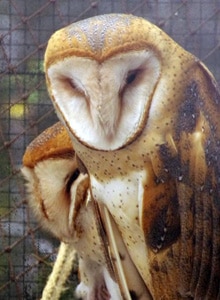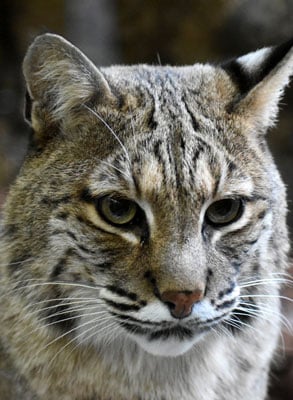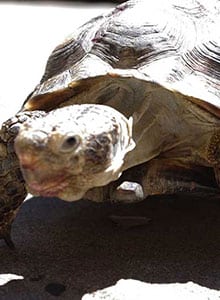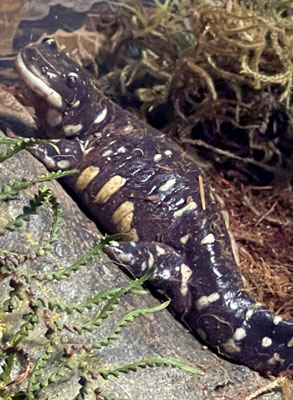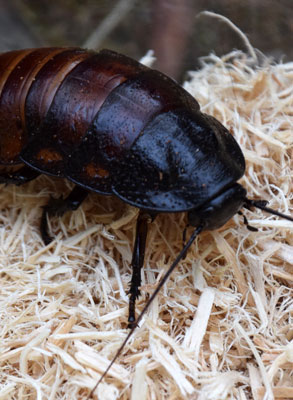Animals
Our Animals
CuriOdyssey cares for approximately 70 mostly native animals. Visit us to touch a ferret's fur, see an otter dive or watch raccoons tussle.
SPONSOR AN ANIMAL
Help provide for the care and feeding of our wildlife guests by sponsoring an animal of your choice for a year.
Join the CuriOdyssey Community
LOCATION
1651 Coyote Point Drive
San Mateo, CA 94401
Ohlone Land Acknowledgement
650-342-7755
[email protected]
CuriOdyssey is a 501(c)(3) nonprofit, Tax ID 94-1262434


